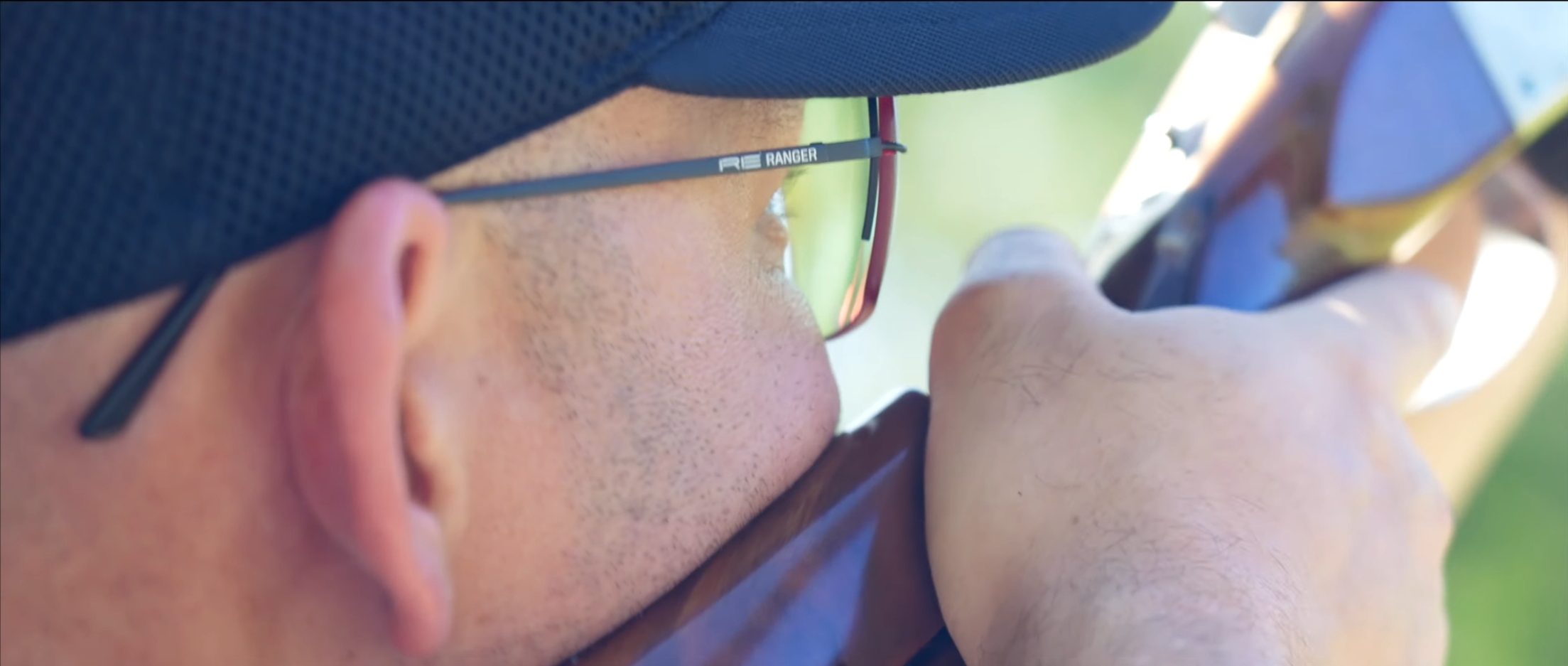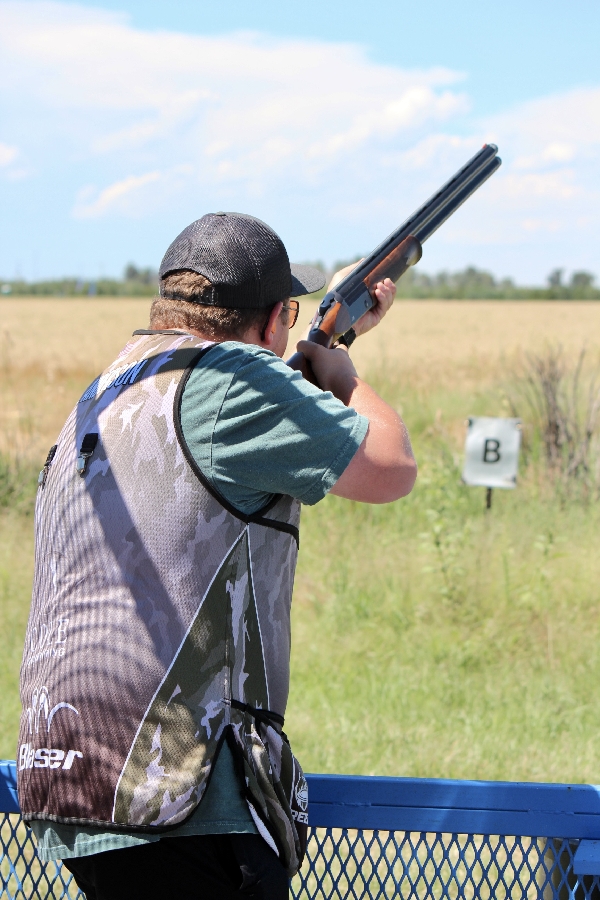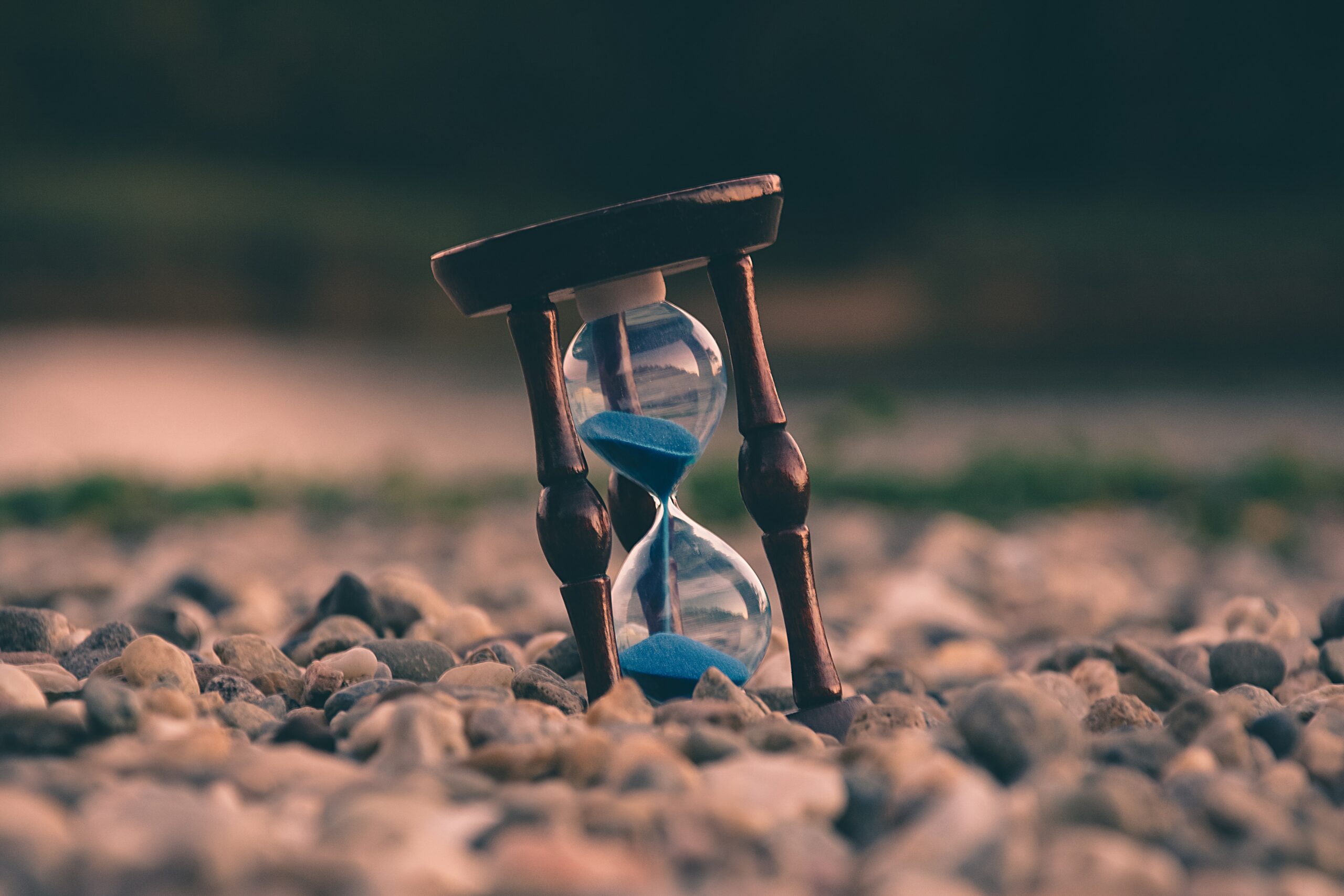When it comes to shooting sports and outdoor activities,
the importance of proper eye protection cannot be overstated. Among the top
players in this field is Ranger or aka “RE Ranger”, a company dedicated to
producing high-quality shooting glasses that blend cutting-edge technology with
a rich history. This article will explore the various frames and lenses offered
by Ranger, with a special focus on their innovative R.I.A.C.T AI lenses.
Additionally, we'll delve into the origins of the company to understand how it
has evolved into a prominent name in the shooting eyewear industry.
History of Ranger
The roots of Ranger extend back to the early 1990s when
Richard Waszkiewicz, the late president and son of Randolph Engineering
co-founder Jan Waszkiewicz, spearheaded the creation of the first Ranger
products. In collaboration with leading optical experts in the shooting
industry, Richard meticulously crafted and engineered the original styles that
serve as the foundation for the diverse line of eyewear available today.
This pivotal moment marked the beginning of a legacy that
transcends generations. The family-owned New England company, deeply rooted in
its commitment to quality, embarked on a journey that would span over two
decades. Throughout Ranger and Randolph's shared history, the core values of
integrity, hard work, and respect, passed down from the founders, continue to
shape the brand's initiatives and the overarching company culture.
As a family-owned-and-operated company, Ranger/ Randolph
remains true to its heritage, embracing a dedication to best-in-class products
that has been upheld for three generations. The eyewear crafted by Ranger is
not just a product; it's a testament to the founders' legacy, a legacy that has
resonated globally as their eyewear is now sold in more than 50 countries.
A Global Presence, A Family Legacy
For over 40 years, Randolph Engineering has been at the
forefront of building eyewear for those who demand the best, for those whose
spirit defies easy definition. The synergy between Ranger and Randolph
Engineering is evident in their shared commitment to excellence and precision.
The company's journey is a testament to its enduring
principles—integrity, quality, hard work, and respect—which have shaped every
facet of Ranger's identity. This commitment to excellence is not confined to
the shooting range; it permeates every aspect of life. No matter how
individuals define their lives, Ranger performance eyewear stands ready to
cover them.
Exploring Ranger Frames
One of the key elements that set Ranger apart is its
diverse range of frames, designed to cater to various preferences and shooting
scenarios. The company's official website, https://www.reranger.com/, serves as
a comprehensive guide to their extensive collection.
Frame Collections
Edge Series: The Edge Series features a sleek and
lightweight design, providing shooters with comfort and style. These frames are
engineered to stay in place during rapid movements, ensuring a secure fit for
users engaged in dynamic shooting activities.
Falcon Series: With a focus on versatility, the
Falcon Series frames offer a balanced combination of durability and
flexibility. Shooters can expect a reliable and robust eyewear solution that
adapts seamlessly to different environments.
Phantom Series: Ranger's Phantom Series is tailored for those
who demand a tactical edge. These frames are designed to withstand harsh
conditions while offering a comfortable and secure fit. Perfect for
professional marksmen and competitive shooters.
Lenses for Every Scenario
While the frames provide the foundation, it's the lenses
that truly define the performance of Ranger shooting glasses. The company
offers an array of lens options, each tailored to specific shooting conditions.
Lens Varieties
Clear Lenses: Ideal for low-light conditions or
indoor ranges, clear lenses ensure maximum visibility without compromising eye
protection.
Yellow Lenses: Enhancing contrast and depth
perception, yellow lenses are well-suited for overcast days or environments
with varying light conditions.
Smoke Lenses: The classic choice for bright, sunny
days, smoke lenses reduce glare and provide a comfortable viewing experience.
Amber Lenses: Offering a balance between clarity
and contrast, amber lenses are versatile and suitable for a wide range of
shooting scenarios.
R.I.A.C.T AI Lenses: Revolutionizing Shooting
Eyewear
A standout feature in Ranger's lineup is the
revolutionary R.I.A.C.T AI (Reactive Impact and Anti-Contamination Technology)
lenses. These lenses are equipped with advanced technology that automatically
adjusts to changing light conditions, providing optimal clarity and protection.
Key Features of R.I.A.C.T AI Lenses
Light Reactive Technology: The lenses adapt to
varying light intensities, ensuring clear vision regardless of the environment.
From bright sunlight to overcast skies, R.I.A.C.T AI lenses dynamically respond
to enhance visibility.
Impact Resistance: Built with precision and
durability in mind, R.I.A.C.T AI lenses offer superior impact resistance,
providing an additional layer of safety for shooters.
Anti-Contamination Properties: The lenses are
treated to resist contaminants, such as dust and oils, ensuring a clear line of
sight even in challenging conditions.
The incorporation of R.I.A.C.T AI lenses underscores Ranger's
commitment to pushing the boundaries of technological innovation in shooting
eyewear.

Photo Credit: Jereme P. Tayamen
Conclusion
In conclusion, Ranger stands as a beacon of excellence in
the realm of shooting glasses. With a rich history rooted in craftsmanship and
a commitment to innovation, the company continues to set industry standards.
The diverse range of frames, coupled with an extensive selection of lenses,
caters to the unique needs of shooters across various disciplines.
The introduction of R.I.A.C.T AI lenses elevates Ranger
shooting glasses to new heights, offering a level of adaptability and
protection that is unmatched in the market. As the company continues to evolve,
one can only anticipate further advancements that will shape the future of
shooting eyewear.
For those seeking a perfect blend of style,
functionality, and advanced technology, Ranger emerges as a top choice,
providing shooters with the confidence to focus on their target, knowing their
eyes are shielded by the pinnacle of eyewear innovation.









